Setting the Stage
On February 28, 2010, a Sunday afternoon in Bristow, Oklahoma, two friends took to the sky in a Hawker Beechcraft C24R Sierra, tail number N63713. It was supposed to be just another short hop—a local flight under clear skies, with good visibility and light winds. Instead, it ended in tragedy just across from Jones Municipal Airport when the airplane struck power lines and crashed into a field, killing both on board.
This mishap offers important lessons for general aviation pilots: the risks of low-altitude maneuvering, unfamiliar airports, and how quickly small misjudgments can snowball into unrecoverable situations.
The Pilots
The pilot-in-command was a 38-year-old private pilot, certified since 2003, holding a third-class medical certificate with no restrictions. According to FAA records, he reported about 310 total flight hours. Sitting in the right seat was a 37-year-old pilot-rated passenger, also a private pilot with a third-class medical, who reported around 300 total hours when last checked.
Neither held instrument ratings, and neither was a commercial pilot or flight instructor. These were relatively low-time aviators—experienced enough to be comfortable flying cross-country under VFR, but without the thousands of hours that might have prepared them for unexpected challenges. One important unknown is whether either had ever flown into Jones Municipal Airport before.
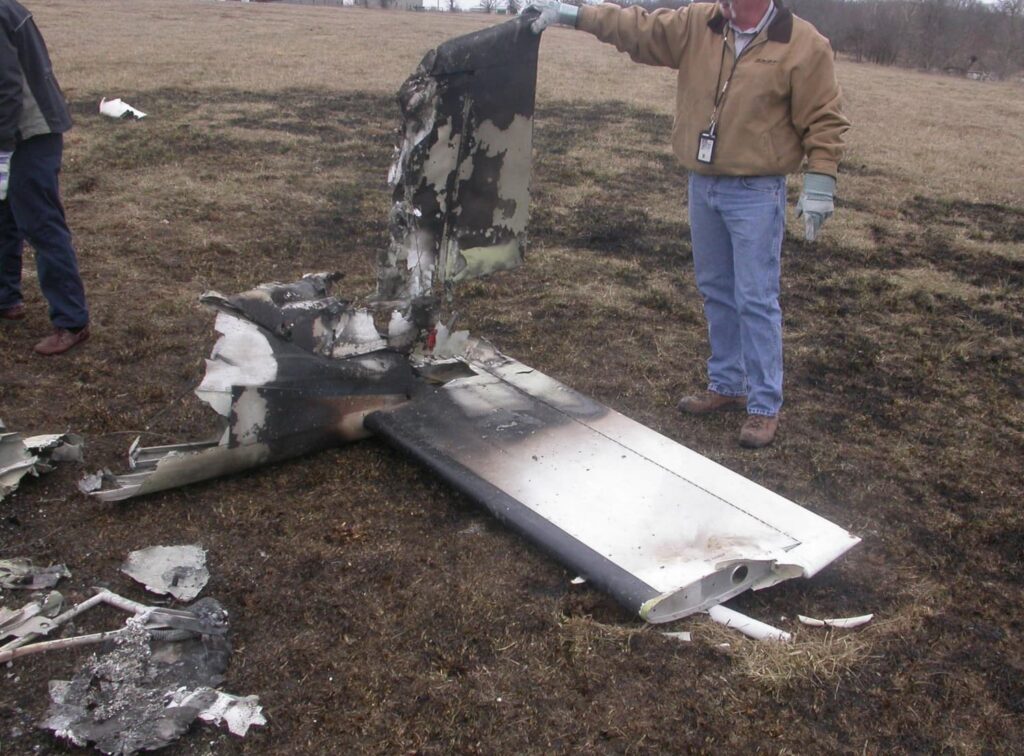
The Flight
The Beechcraft C24R departed Richard Lloyd Jones Jr. Airport (RVS) in Jenks, Oklahoma, at 13:48 local time. The weather was good—10 miles visibility, winds from 090 at 7 knots, skies clear, and temperatures comfortable for late February.
A witness about a mile from Jones Municipal Airport saw the airplane circling the field from south to north. Moments later, it was flying low between two hangars. Then came a loud “pop,” the sound of an engine sputtering, and the sight of the Sierra clipping power lines that ran alongside the service road. Seconds later, the airplane slammed into the ground and erupted in flames.
The Airport Environment
Jones Municipal Airport (3F7) was not the easiest place to operate from. The single runway, 17/35, measured 3,400 feet long and only 45 feet wide—on the narrower side compared to many GA airports. More importantly, the north-south runway had several dips and elevation changes along its length.
The service road and the power lines that would later become deadly obstacles ran parallel to the runway. The power poles stood 35 feet tall, with wires sagging to about 25 feet above the ground mid-span. In a low pass or go-around situation, those lines were an unforgiving hazard.
The Wreckage
The Sierra impacted west of the airport. A ground scar roughly the length of a wing led to a crater containing engine parts, with the cockpit just 22 feet beyond. The left wing was found inverted 48 feet from the impact crater, and the propeller was separated.
Investigators confirmed flight control continuity and found the flaps set to about 25 degrees down, with the landing gear extended. Both seatbelt buckles were latched, though the shoulder harnesses were not located. The cockpit was consumed by fire, leaving the fuel selector unrecoverable.
The propeller and landing gear assemblies showed no signs of wire strike, which suggests that the wings or fuselage contacted the lines first.
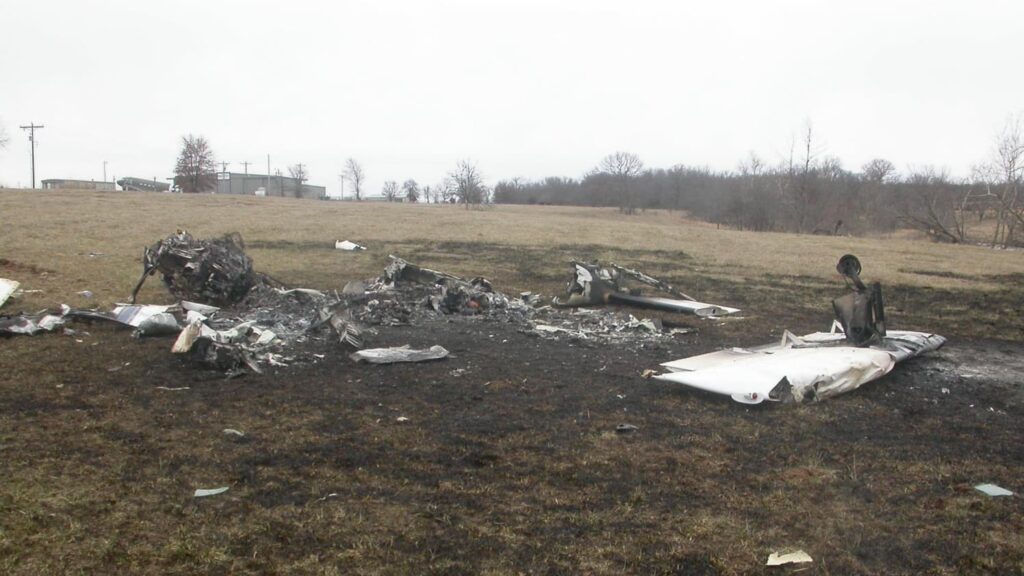
The Engine Question
The witness’s report of a “pop” and sputtering raised the possibility of an engine problem. But the NTSB’s teardown didn’t uncover any pre-impact mechanical issues with the Lycoming IO-360 engine. Electrical power was confirmed flowing through the wires, and the power company later reported extensive damage to multiple lines and poles.
The sequence seems to suggest that the airplane may have been flying low, possibly maneuvering for a landing or go-around, when it contacted the wires and lost control.
The Human Element
This accident highlights a common trap: two relatively low-time private pilots, flying together without clear delineation of roles, at an unfamiliar airport with terrain quirks and hazards. It’s not unusual for pilots to “check out” a small field while out on a weekend flight. But low passes and circling at unfamiliar airports demand extra caution.
The fact that both were private pilots could have added a layer of “who’s flying?” ambiguity. Was the right-seat pilot “helping,” or was the left-seater fully in command? That’s never answered in the report, but the risk of divided attention is very real in cockpits where two qualified but non-professional pilots share the controls.
Probable Cause
The NTSB ultimately listed the probable cause as “the pilot’s loss of control for undetermined reasons while maneuvering at low altitude”.
In other words, investigators could not say whether it was an engine failure, a misjudged maneuver, or a stall. What they do know is that the low altitude left no room for recovery once things went wrong.
Lessons Learned
This accident serves as a sobering reminder that:
- Low altitude maneuvering is inherently risky. Even small errors in judgment can become fatal when you’re below wire height.
- Unfamiliar airports can hide hazards like dips in runways or nearby power lines. Studying the environment beforehand, either with sectional charts or Google Earth, can save lives.
- Two pilots in the same cockpit can be an asset or a liability. Without clear communication and defined roles, decision-making can become muddled.
- A sputtering engine sound is terrifying, but at pattern altitude or higher, there’s at least a chance to troubleshoot or find a landing spot. Near the ground, options disappear.
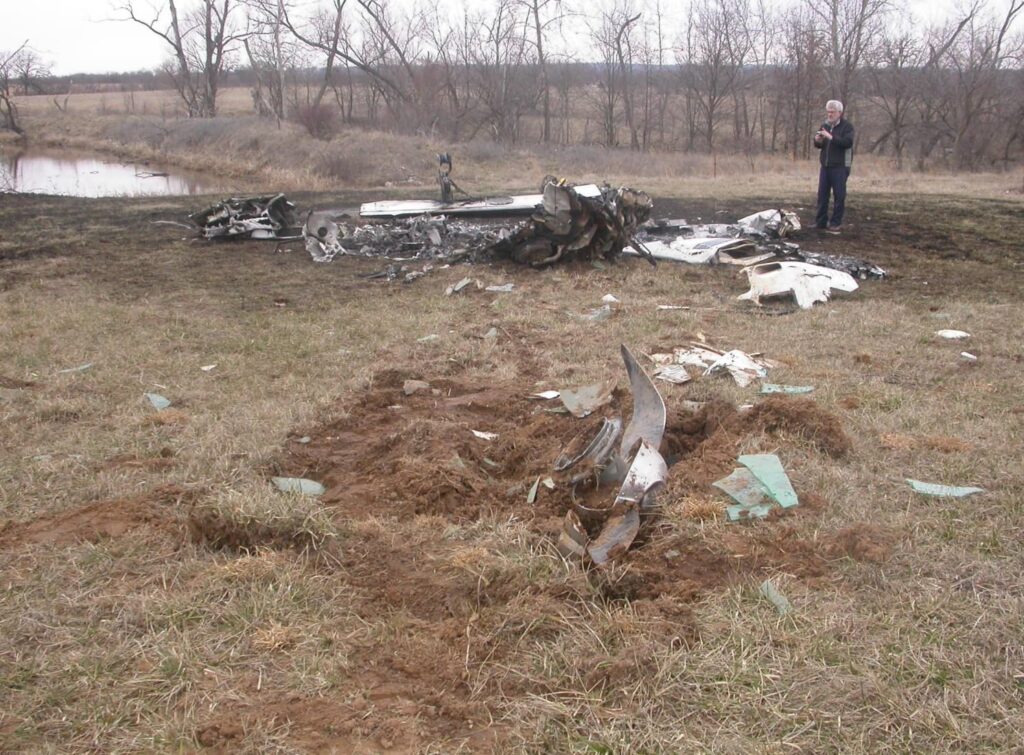
Final Thoughts
The loss of N63713 in Bristow is tragic not only because two lives were cut short, but because it was avoidable. The airplane was airworthy, the weather was good, and the pilots were healthy. Yet decisions made in the final minutes put them into an unrecoverable corner.
For the rest of us, the lesson is simple: stay disciplined, stay cautious, and remember that altitude is life insurance.

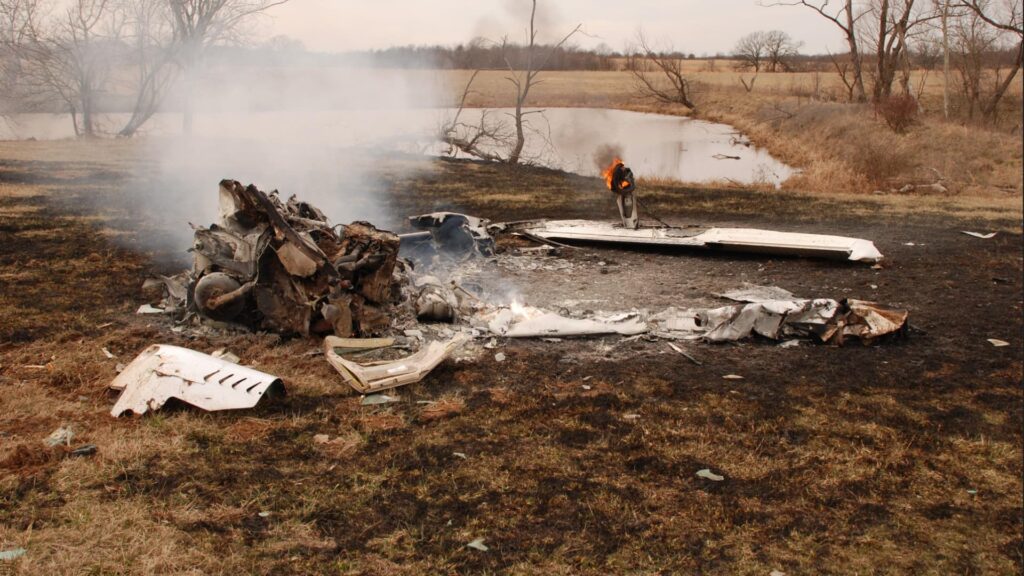





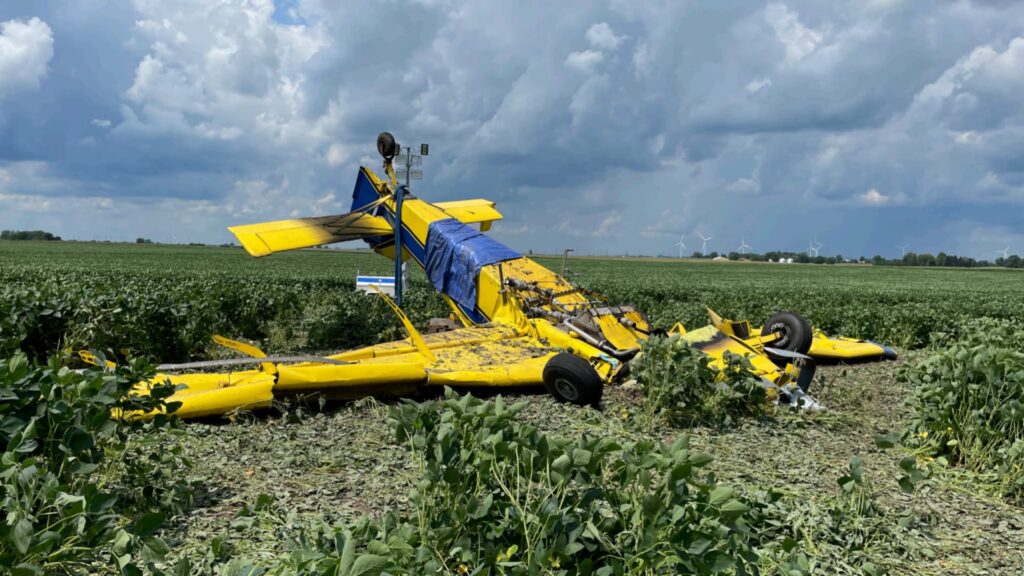
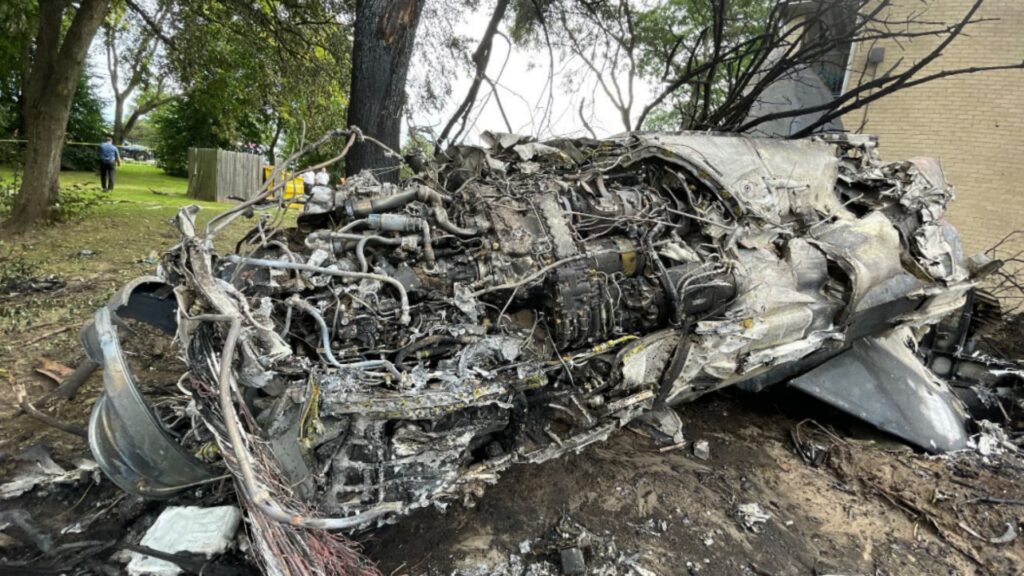
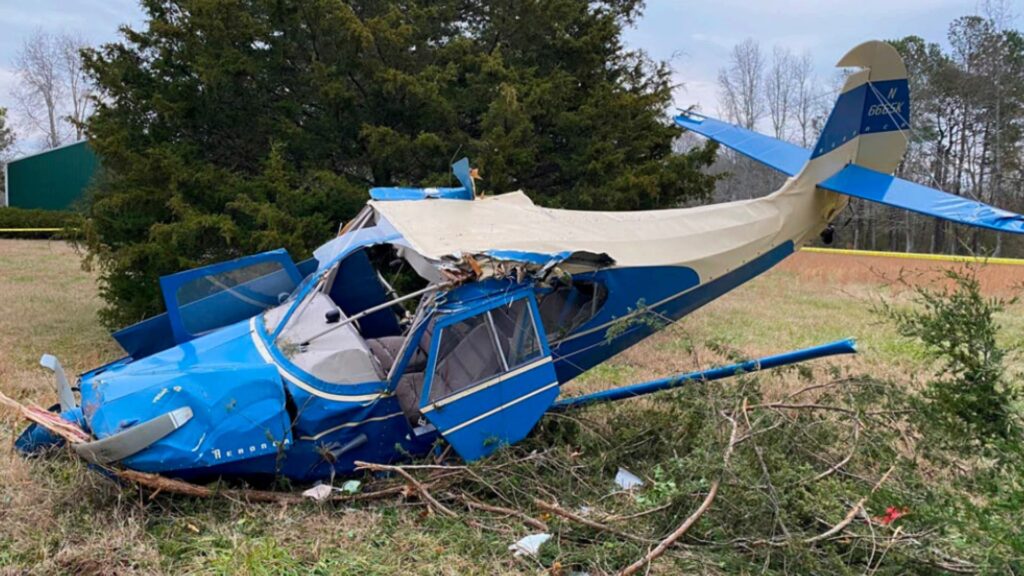
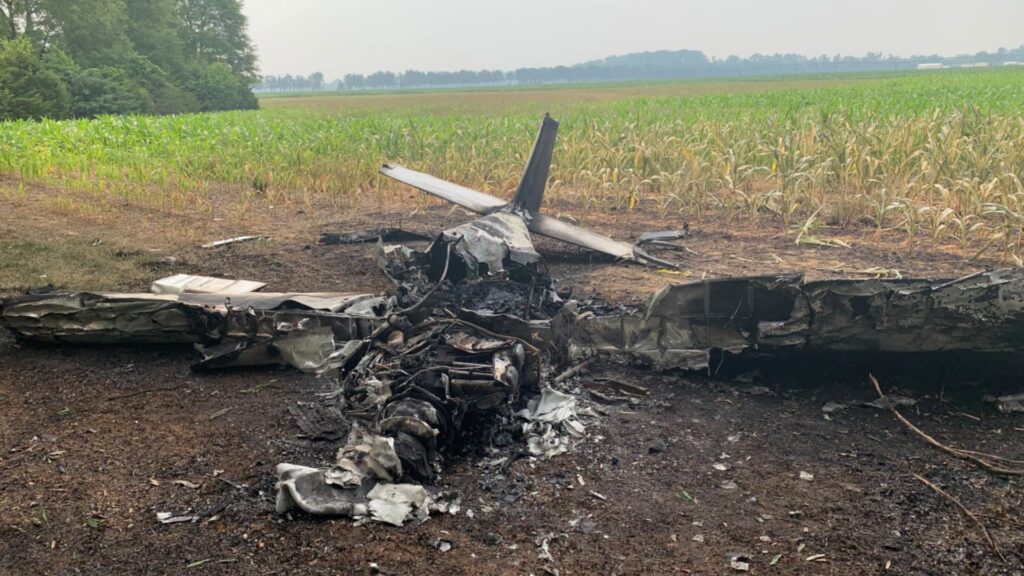
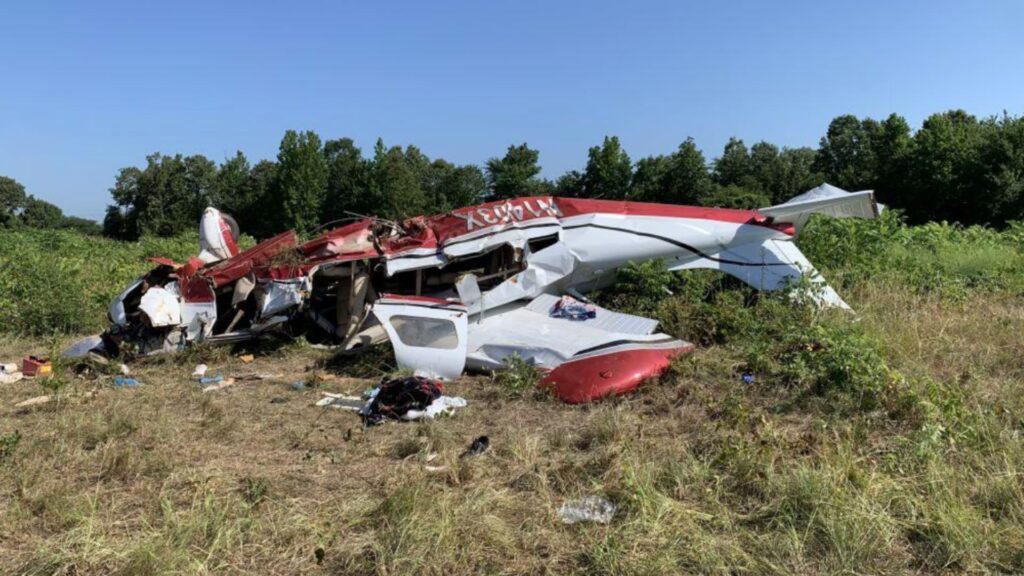
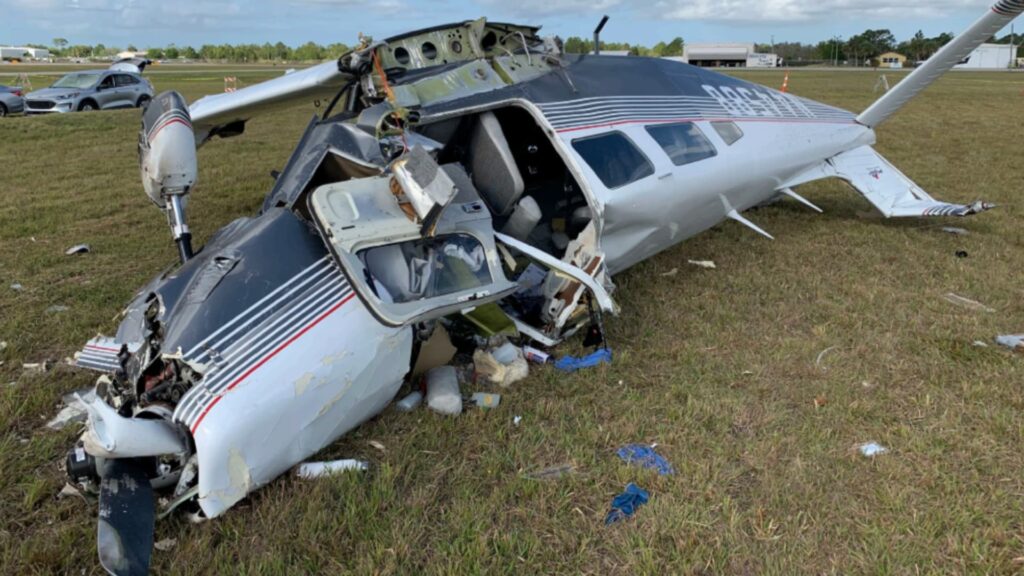
One Comment
Tragic and getting to be all too common place today. Some great lessons from this week’s report.